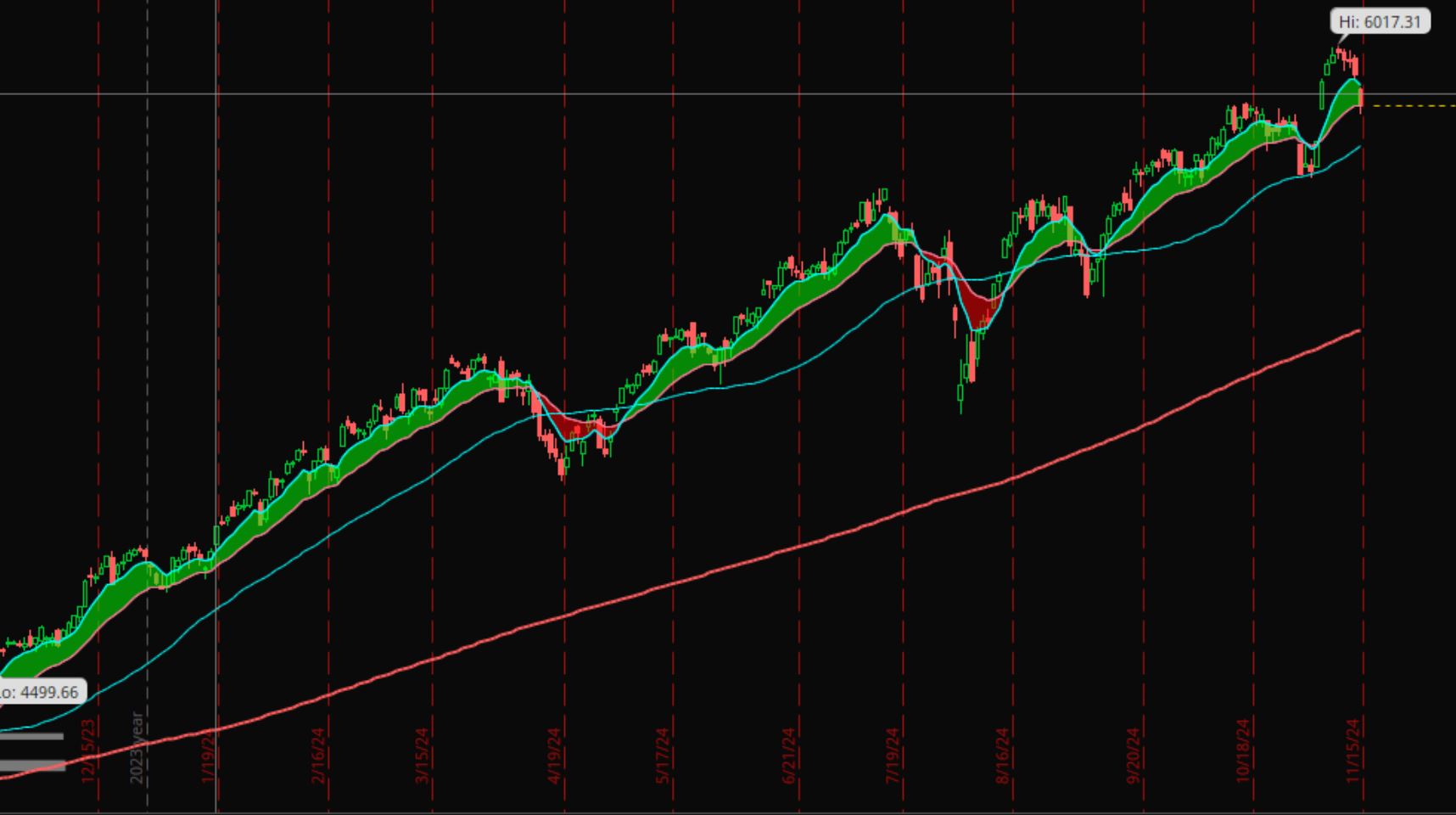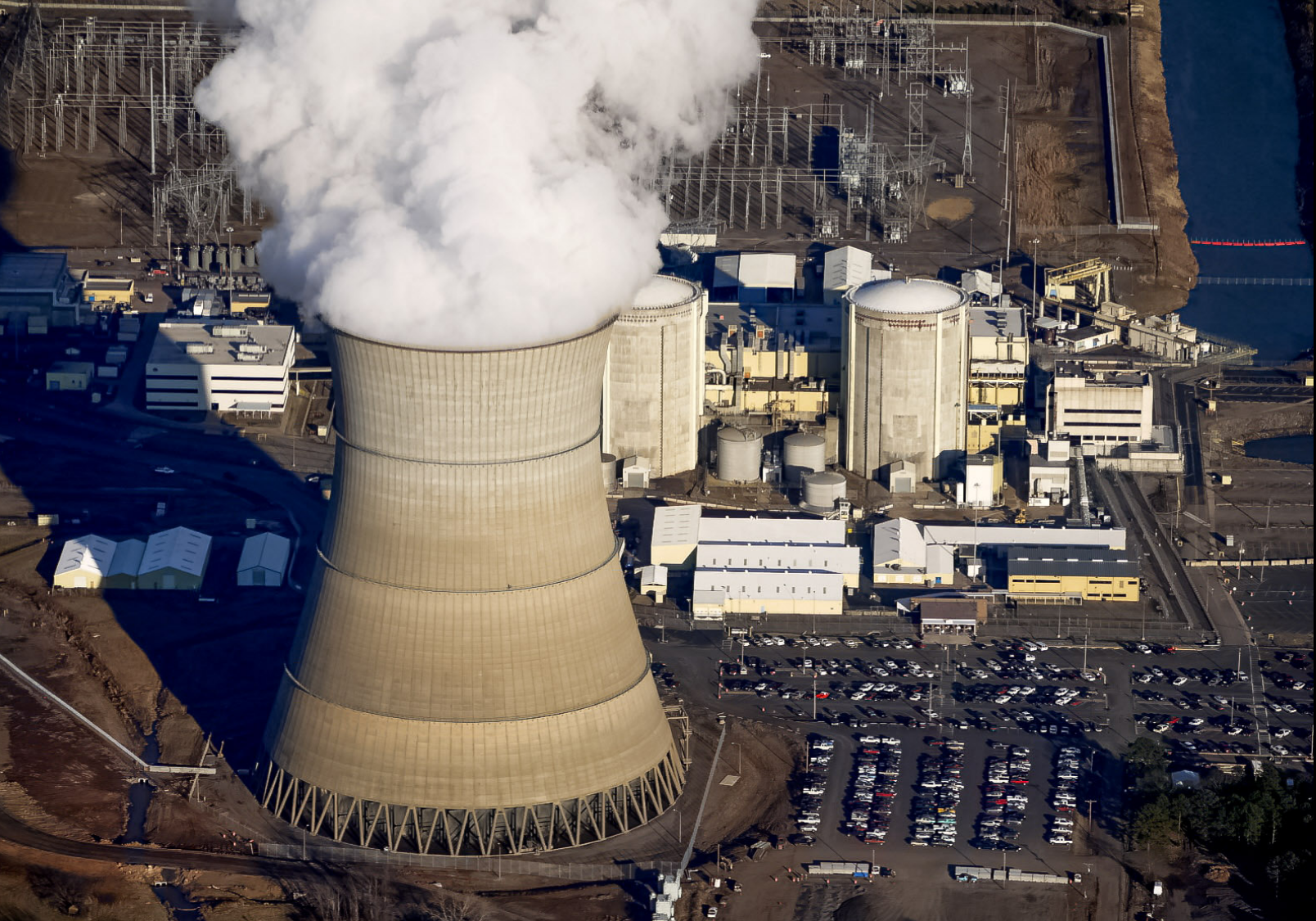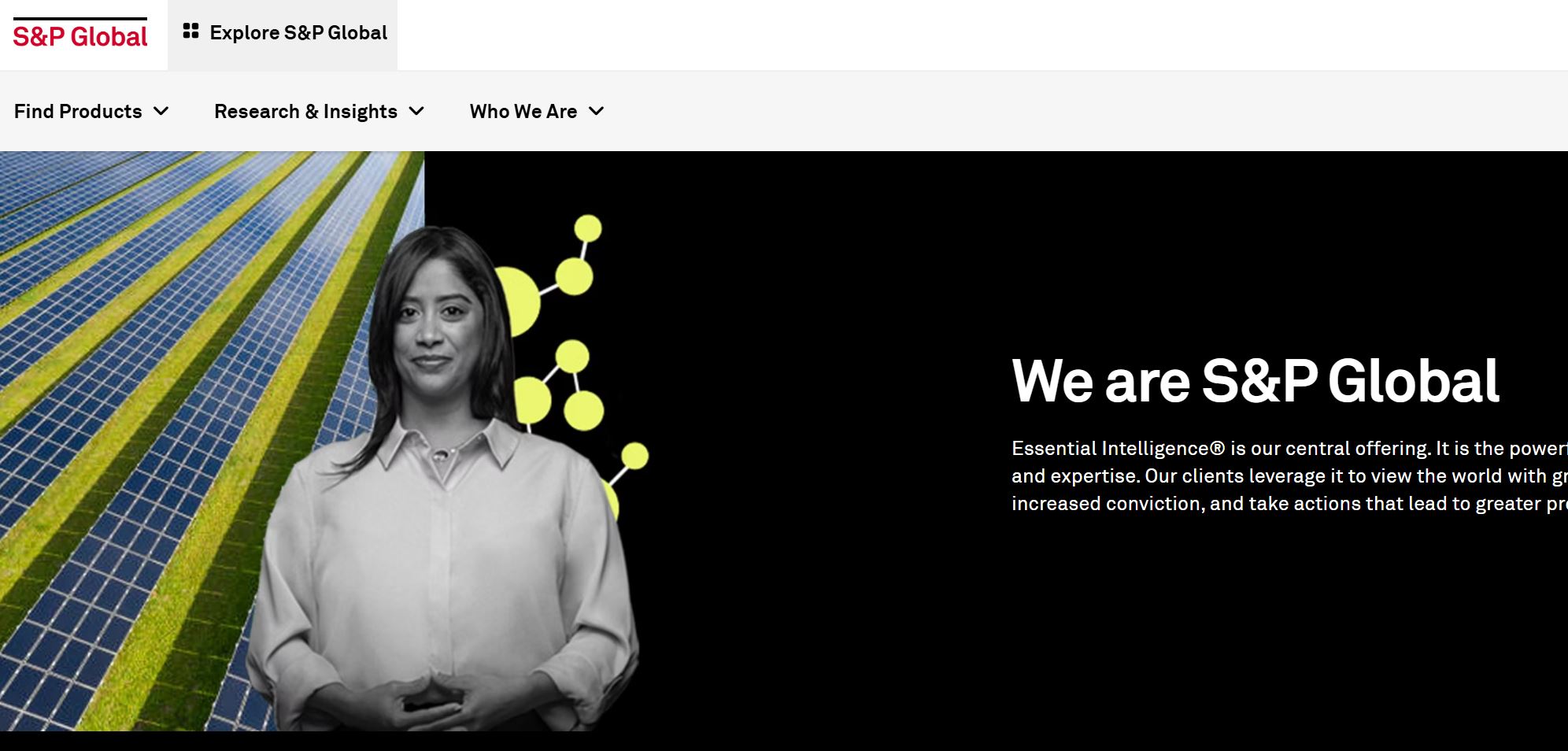The emergence of Deepseek, a cheaper open-source AI model developed in China, has sparked debate over its potential impact on the AI landscape. Deepseek-R1 is a multimodal large language model that competes with OpenAI’s GPT series, offering cost efficiencies that could make AI more accessible. Some see it as a direct challenge to OpenAI, while others question its broader implications for the AI chip industry. The market reacted swiftly, with semiconductor stocks—especially Nvidia (NVDA) and AMD—taking a hit. However, a closer look reveals that Deepseek doesn’t weaken the AI chip demand story—it strengthens it.
The AI Chip Demand Remains Strong
Meta CEO Mark Zuckerberg weighed in on the Deepseek debate, stating that it’s still too early to assess the full implications of more affordable AI models. What’s clear, though, is that Meta is not pulling back on AI investments. The company is maintaining its $60 billion to $65 billion spending forecast for 2025, with a significant portion dedicated to AI infrastructure, including GPUs from Nvidia.
Microsoft, another major AI player, is also staying the course, expecting to spend $30 billion in capital expenditures over the next two quarters as it integrates AI across its products. Notably, Deepseek is even available on Microsoft’s Azure platform—further embedding Nvidia’s chips into the AI ecosystem.
Meanwhile, ASML (ASML), the leader in advanced chipmaking equipment, sees Deepseek’s cost-efficiency as an opportunity rather than a threat. ASML CEO Christophe Fouquet pointed out that lowering the cost of AI models will drive more AI applications, which in turn increases the demand for chips. Simply put, more AI models mean more chips are needed, not fewer.
Why the Market Overreacted
Despite the continued bullish outlook for AI chips, NVDA and AMD stocks took a hit following the Deepseek news. The reasons?
- Profit-taking: Nvidia’s stock had seen a massive rally, and any news in the AI space was an excuse for traders to lock in gains.
- Fears of AI model efficiency reducing GPU demand: Some investors speculated that cheaper AI models might require less computing power. But this overlooks the reality that large-scale AI infrastructure still needs powerful GPUs.
- Concerns over China developing its own AI chips: While this is a long-term risk, Nvidia remains the dominant player in high-end AI chip technology today.
Deepseek Expands the Market—It Doesn’t Shrink It
Deepseek is not replacing AI infrastructure—it’s expanding it. The open-source nature of Deepseek allows more companies to build AI applications, which in turn requires more GPUs to train and deploy models.
This follows the classic tech adoption curve: as AI models become more efficient and accessible, demand for AI-powered applications explodes. That means more chips, more data centers, and more AI-driven services.
The Big Picture: The US and China’s AI Race
Manufacturing is not a big part of the US economy. But China could be coming for US tech now. Deepseek’s advances show that China’s technological progression is a serious challenge to US technology companies. This matters because tech is an increasingly crucial industry for the US—both in terms of economic output and stock market concentration. Stock market gains have also bolstered household balance sheets, making tech’s stability even more critical.
However, US companies are far from out of the game. As mentioned earlier, having more chips is always better than fewer. The closed nature of US AI companies means we may not yet know the full extent of their AI advances. OpenAI and Google could have even more powerful models in the works that remain undisclosed to the public.
Famed venture capitalist Marc Andreessen recently called Deepseek-R1 AI’s Sputnik moment. But the analogy may not hold. When the Soviet Union launched Sputnik in 1957, the US was behind. Yet, within a year, America responded with Explorer 1 in 1958. This time, however, it’s China that appears to have caught up.
Right now, the focus is on winners and losers in the wake of Deepseek’s release. That’s a difficult game to play, and ultimately, the market will sort it out. The bigger takeaway is that AI is now set to diffuse into the economy at a faster pace, thanks to lower costs. This means US companies are likely to ramp up AI investments even further. That means one company’s spending is another’s revenue and profit.
The Bottom Line
Deepseek’s rise isn’t a headwind for Nvidia, AMD, or AI chipmakers—it’s a tailwind. The AI race is far from over, and infrastructure spending remains at historic highs. While short-term stock volatility may shake the market, the fundamental demand for high-performance AI chips remains stronger than ever. Nvidia and AMD aren’t losing the AI war—they’re still supplying the weapons.
A significant increase in capital expenditures could lead to future challenges, but for now, the AI revolution is accelerating, and the US is still firmly in the race.












Leave a Reply